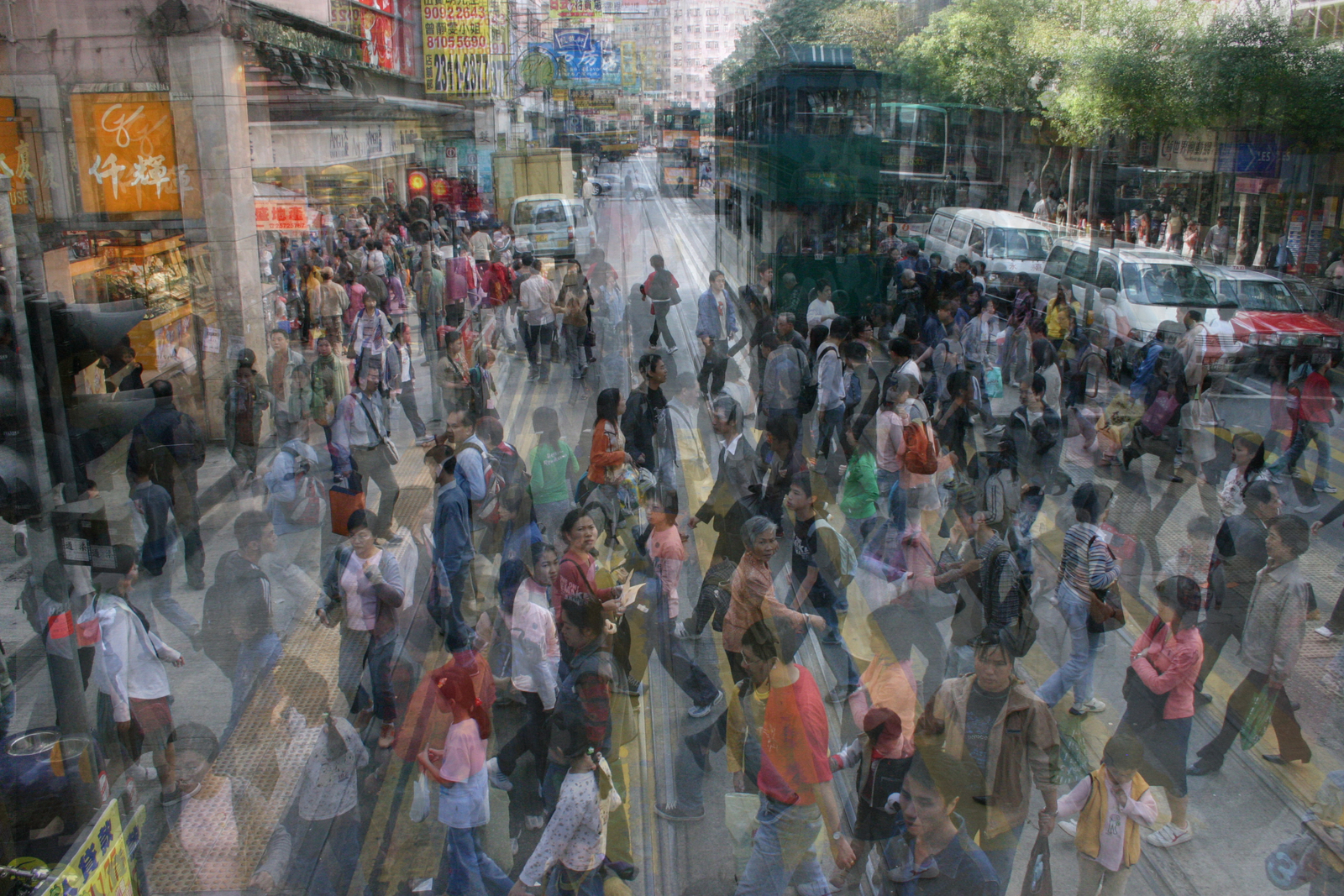Code Green Solutions


A new set of credits in LEED for Social Equity has recently been incorporated into the Pilot Credit Library and were presented at Greenbuild 2014 by the social equity pilot credit working group co-chairs and USGBC 2014-15 Ginsberg Sustainability Fellow, Susan Kaplan, Joel Ann Todd, and Heather Rosenberg, respectively.
Although LEED has many elements related to human health and social impacts (Indoor environmental quality, daylight and views, multi-modal transport and location factors, etc.), this is the first credit to explicitly help guide and reward direct positive and equitable social benefits from LEED projects. This credit fulfills one of the seven Guiding Principles of the USGBC – “Foster Social Equity” to “…respect all communities and cultures and aspire to an equal opportunity for all.” Because the issues (and delivery of any project) are complex, broad in scope, and profound, the initial credit concept evolved from three parts to three separate credits: “social equity within the community”; “social equity within the project team”; and “social equity within the supply chain.” In each of these three credits the goals by definition of social equity are that LEED projects can support not equality, or equal treatment, however equity and fairness, that persons, especially those that are most vulnerable, that are within the chain of a LEED project– from materials used, to impacts of the community of its location, to the broader community of investment and the companies delivering the project – can benefit commensurate to need to ultimately achieve social equality as an outcome of LEED projects.
One option path for social equity within the community credit is the Social Economic Environmental Design (SEED) certification process through completion of the SEED Evaluator 3.0 template.
https://seednetwork.org/certification/
SEED is intended to support process, participation, transparency and accountability to meet the triple-bottom line benefit equation for any built project. The co-founder of SEED, Bryan Bell will be providing a free public lecture “The Rise of Public Interest Design” at The Catholic University of America School of Architecture and Planning, January 15, 2015, 6:30-8:00PM followed by two-day SEED training workshop at the AIA/DC District Architecture Center, January 16-17, 2015 in Washington, DC. Registration, location and agenda details for the SEED workshop can be found at http://www.publicinterestdesign.com/washington-dc/
These events will provide a comprehensive overview of public interest design and the principles, methods, and examples of implementation that can insure truly sustainable projects, and with the new credit in LEED, also support, and be supported by, USGBC in its mission to Foster Social Equity in the built environment.